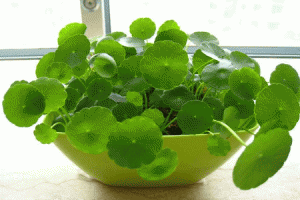Can Different Tomato Plants Be Planted Together?
Tomatoes are a popular and versatile crop that can be grown in just about any garden. One question that often arises when planning a tomato garden is whether or not different varieties of tomato plants can be planted together. The short answer is yes, but there are some important factors to consider.
Understanding Tomato Varieties
Tomatoes come in many different varieties, including heirloom, hybrid, determinate, and indeterminate. Heirloom tomatoes have been passed down through generations and are coveted for their unique flavors, colors, and shapes. Hybrid tomatoes, on the other hand, are bred for specific traits, such as disease resistance or uniformity. Determinate tomatoes are bushy and produce a large crop of fruit all at once, while indeterminate tomatoes continue to grow and produce fruit throughout the growing season.
The Benefits of Growing Different Tomato Varieties Together
Growing different tomato varieties together can provide a number of benefits. For one, it can help to increase the overall yield of your tomato garden. By planting a mix of determinate and indeterminate varieties, you can ensure a steady stream of fresh tomatoes throughout the growing season. Additionally, planting multiple heirloom and hybrid varieties can result in a diverse and interesting crop, with a range of flavors, colors, and shapes.
Potential Downsides of Mixing Tomato Varieties
While there are benefits to planting different tomato varieties together, there are also some potential downsides to consider. One concern is that the different varieties may cross-pollinate, which could result in hybridization and a loss of flavor or uniformity. Additionally, planting incompatible varieties together could result in competition for resources, such as soil nutrients, water, and light.
Tips for Successfully Mixing Tomato Varieties
If you're interested in planting different tomato varieties together, there are some tips to keep in mind to ensure success. First, make sure to plant compatible varieties together. This means choosing varieties that have similar growth patterns, nutrient requirements, and disease resistance. Additionally, it's important to plant each variety in an appropriate location based on its individual needs. For example, determinate varieties may perform well in containers or small spaces, while indeterminate varieties may need a trellis or support structure.
Finally, consider how much space you have available for your tomato garden. Tomatoes require adequate spacing to grow healthy and produce an abundant crop. Make sure to leave at least 18-24 inches between each plant, and consider using raised beds or containers to maximize space.
In Conclusion
Planting different tomato varieties together can be a great way to maximize your tomato garden's yield and diversity. While there are some potential downsides to consider, such as cross-pollination and competition for resources, these can be mitigated with careful planning and attention to each variety's needs. By following these tips and planting a mix of heirloom, hybrid, determinate, and indeterminate tomatoes, you can enjoy a bountiful and varied crop of delicious tomatoes.

 how many times do yo...
how many times do yo... how many planted tre...
how many planted tre... how many pine trees ...
how many pine trees ... how many pecan trees...
how many pecan trees... how many plants comp...
how many plants comp... how many plants can ...
how many plants can ... how many plants and ...
how many plants and ... how many pepper plan...
how many pepper plan...































